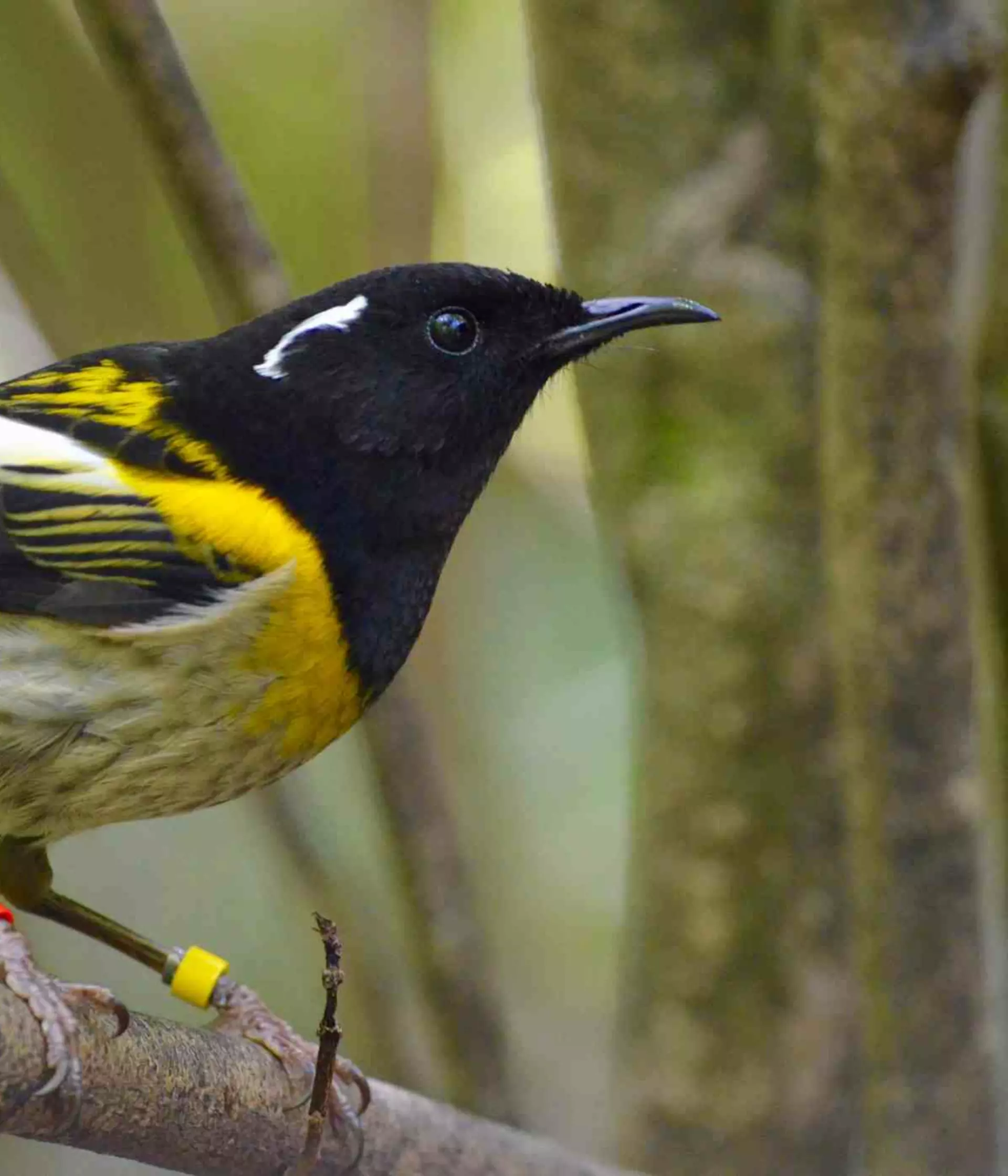In the face of unprecedented biodiversity losses, effective strategies for the conservation of endangered species are urgently required.
Among conservationists, there is almost universal agreement on the need for evidence-based management and for science that supports conservation decision-making. However, management of small populations remains primarily based on the application of experience without careful evaluation.
At ZSL, we know that conservation works best when it's powered by science.
Research at the Institute of Zoology provides the evidence-base and decision support to maximise the likelihood of small population recovery.
Our work is developing a more holistic understanding of small population recovery, including drivers of smallness and heightened extinction risk, conservation management solutions and the science to best support the selection and implementation of these solutions. Our research includes long-term studies of small populations; species reintroduction and conservation translocations; disease-risk analysis and management; conservation genetics; management decision-making and assessment of conservation outcomes.
Our work aims to:
- Develop a holistic understanding of population recovery
- Provide exemplary case studies of science support to management
- Produce comparative reviews showing correlates of successful and failed recovery
- Share knowledge with the wider conservation community
Olive white-eye conservation
With less than 150 pairs now remaining, our work is saving a species on the brink of extinction.
Wildlife Disease Risk Analysis and Health Surveillance
Our DRAHS team provides essential wildlife health checks for conservation projects.
Conservation of Mongolia’s Wild Camels
The critically endangered wild camel survives only in Mongolia and China.
Sihek conservation
We're creating solutions to save the sihek from the jaws of extinction - as invasive snakes outnumber people in Guam by 10 to 1.
Fairy tern conservation
Creating a route to recovery for New Zealand’s rarest indigenous breeding bird. Each potential loss is vital, with fewer than 40 individuals remaining and just 9 breeding pairs left.
Hazel dormouse
By working together with our conservation partners, we've managed to successfully reintroduce over 1,000 dormice
Tsaobis Baboon Project
The aim of the Tsaobis Baboon Project is to carry out fundamental research in behavioural and population ecology using desert baboons as a model system.
Bringing back the Chequered skipper butterfly to English woodlands
Post-release monitoring of the conservation work has provided evidence that the newly established populations are thriving once again in English woodlands.
Hihi conservation
How this tiny bird is helping reframe wildlife conservation translocation programmes globally.
Practical resources for identifying the causes of hatching failure in birds
Egg-hatching failure is a major problem for many bird species, and is considered a weak link in the chain of events that determines reproductive success in birds.
Hainan gibbon conservation
The Hainan gibbon is the rarest primate and possibly the rarest mammal species. There's been a severe decline in numbers due to habitat loss and hunting.
London HogWatch
London HogWatch identifies hedgehog populations in greater London to promote conservation strategies for their protection, connection and expansion.
Cheetah and wild dog conservation: Kenya Rangelands Wild Dog and Cheetah Project
Helping people live alongside cheetahs and African wild dogs.
Software
Find out more about the software made available by ZSL for academics for free.
Mauritius kestrel conservation
The Mauritius Kestrel once looked destined for extinction, with just 4 remaining individuals. But we are building an exciting route to recovery.
Pink pigeon recovery program
From just a dozen individuals to hundreds - their story proves that together anything is possible.
Bringing back the pool frog to Britain
Historically, the pool frog was present in Britain, but following loss and damage to their habitats the species went extinct and the last native population of pool frogs, in Norfolk, was lost.
Echo parakeet management programme
The echo parakeet was listed as Critically Endangered in the 1980s.
Mauritius Fody recovery program
The fody was once common across Mauritius but experienced a substantial range contraction due to widespread habitat loss and the impacts of introduced mammalian predators.
